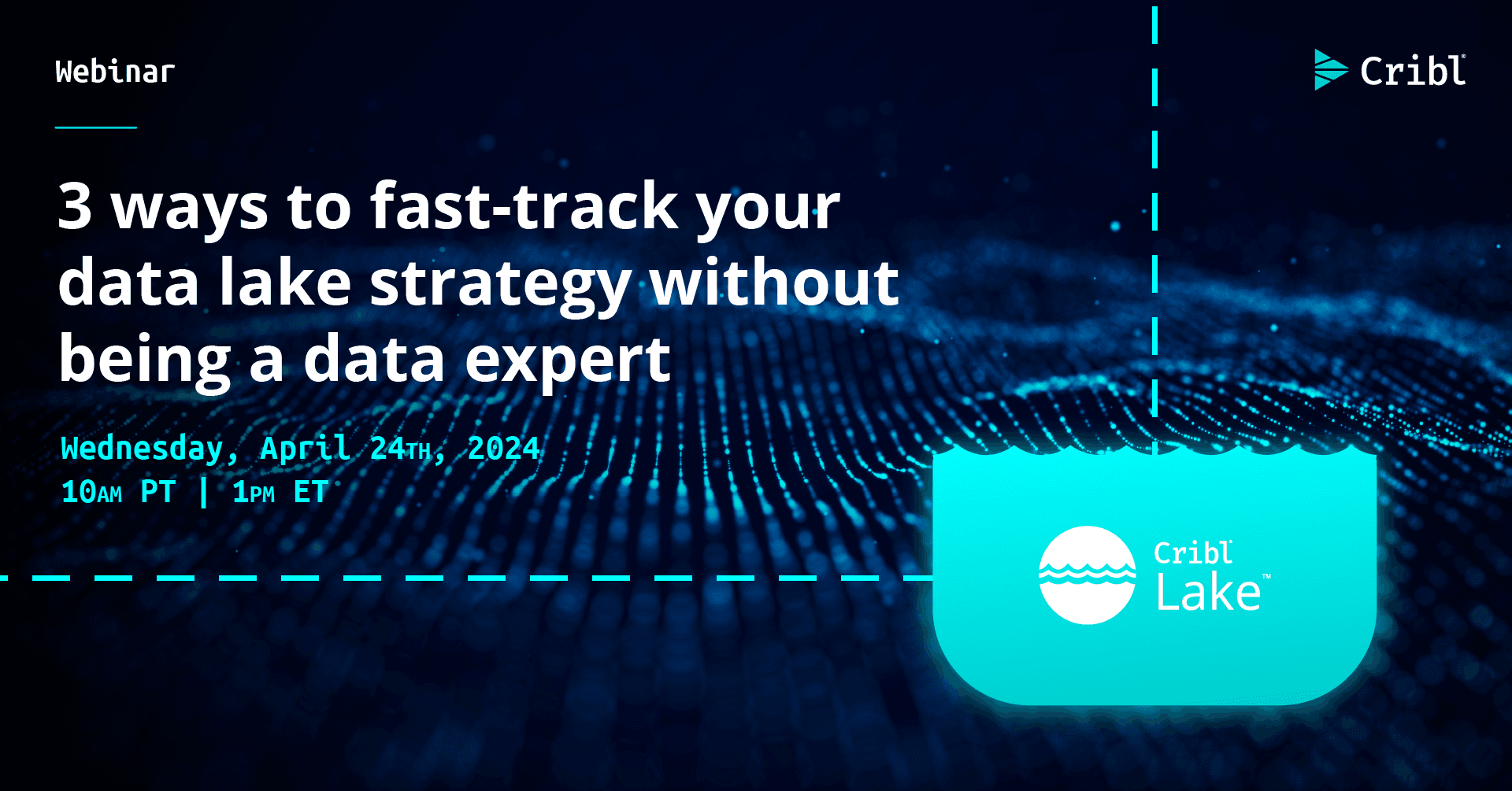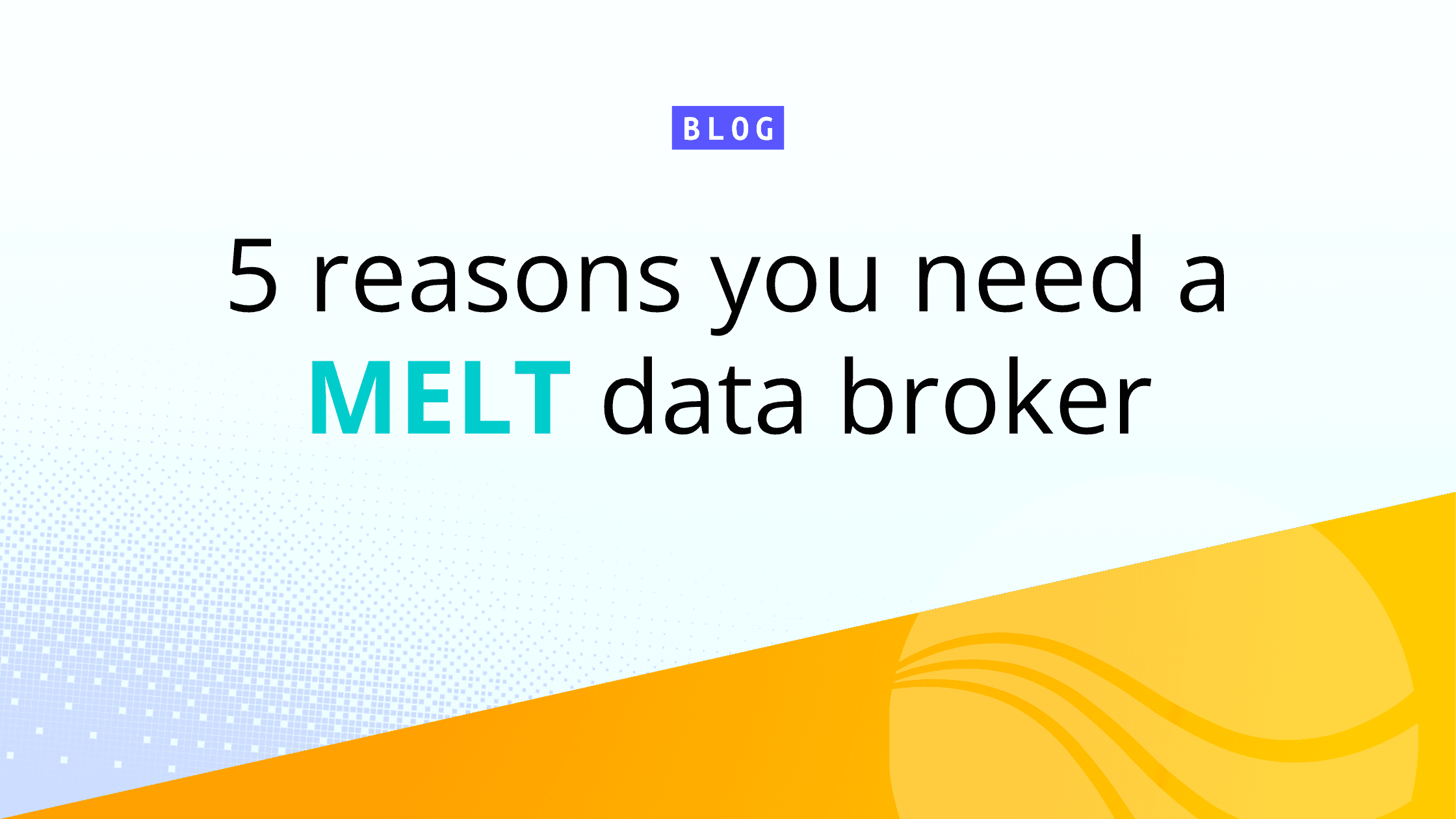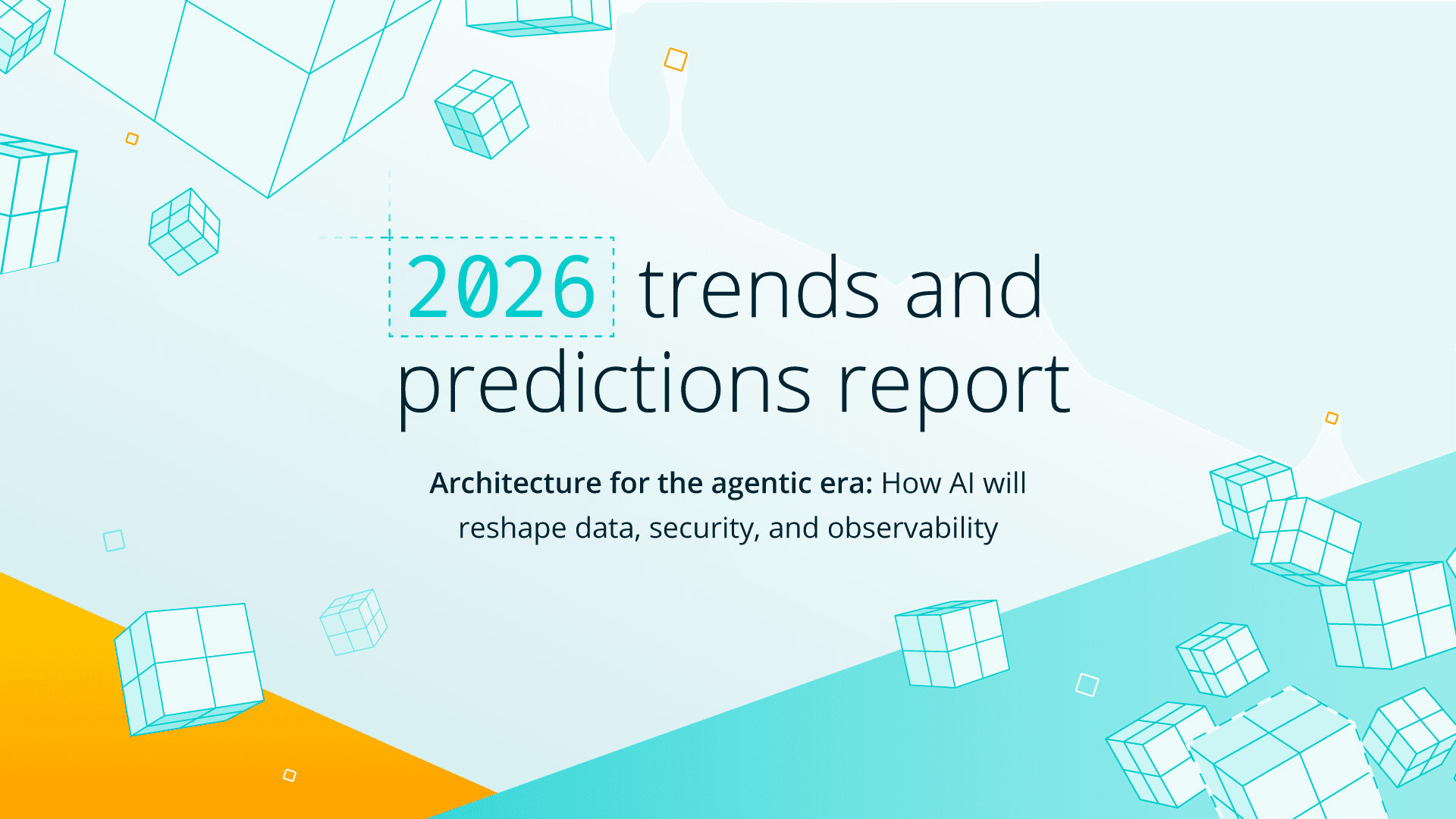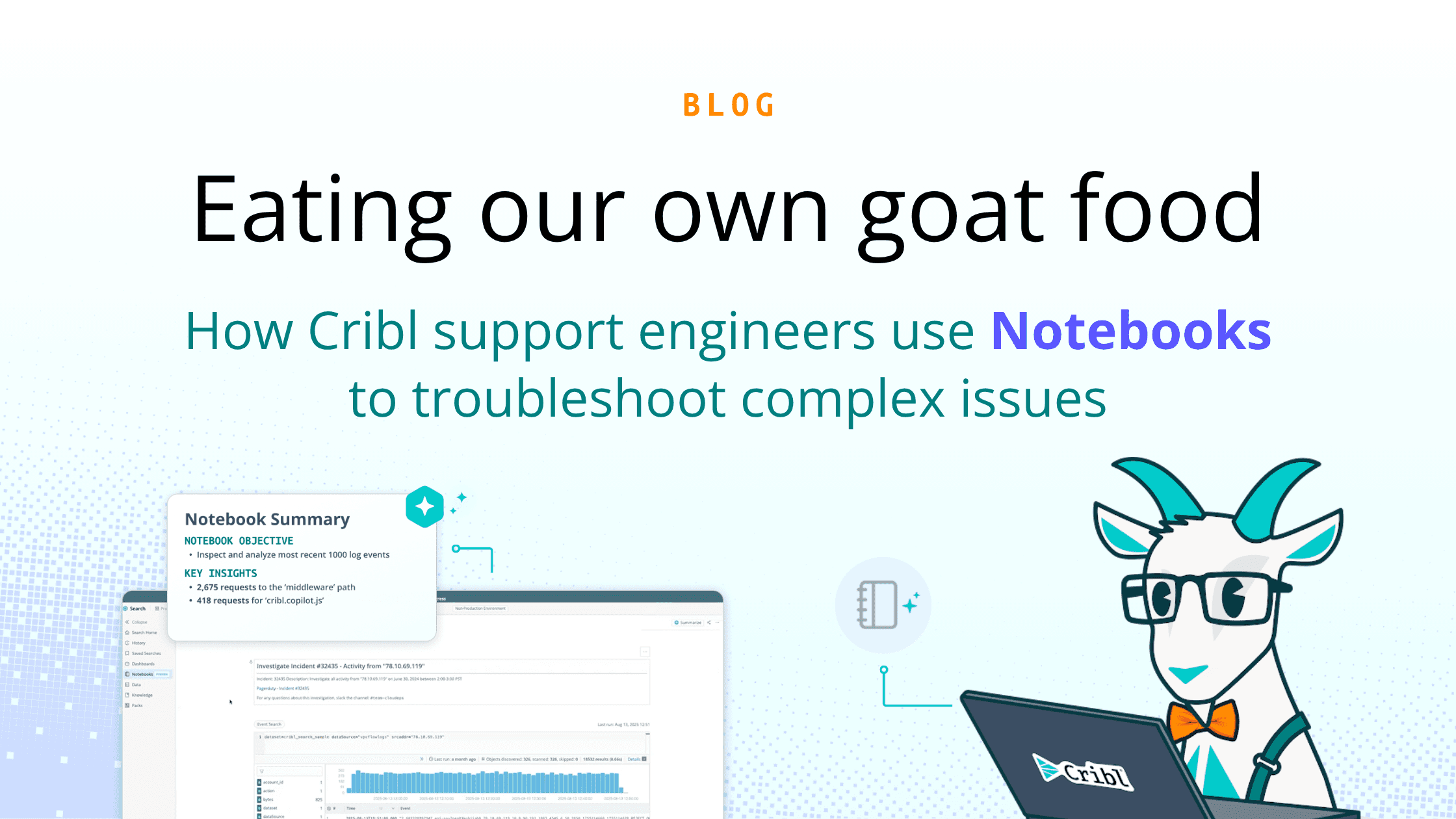In today’s data-driven landscape, every organization knows the immense value their data holds, but with the explosion of data from diverse sources, traditional data storage and management solutions are proving inadequate. Organizations are urgently seeking new ways to handle their data effectively.
The Challenge of Traditional Data Lakes
Data lakes once promised to be the answer to our data woes. They offered a centralized place to store all your data – structured, semi-structured, and unstructured – without the rigidity of traditional data warehouses. But the reality hasn’t lived up to the hype:
Skillset Shortage: It is rare for cloud storage purchases to be accompanied by headcount, meaning valuable time for existing staff needs to be reprioritized to accommodate training and development.
Hidden Complexity: Setting up and managing a data lake requires deep expertise in cloud technologies and data engineering. This puts them out of reach for many organizations with limited resources, forcing them to choose between managing a complex system or leaving valuable data untapped.
The Cost Spiral: While storage costs may seem manageable initially, the true cost of data lakes often balloons. Infrastructure, ongoing maintenance, and specialist personnel quickly add up, straining budgets and hindering ROI.
Data Swamps: Without proper data governance, data lakes can quickly devolve into chaotic “data swamps.” Untagged, disorganized data becomes nearly impossible to use, rendering the data lake useless and wasting valuable storage space.
Security Nightmares: Centralized storage inherently increases vulnerabilities. One security lapse in a data lake, especially with inadequate access controls, can have catastrophic consequences – data breaches, regulatory fines, and a damaged reputation.
IAM: The Critical Yet Overlooked Challenge
Beyond these typical issues, IAM (Identity and Access Management) poses a unique challenge in data lakes:
Fine-grained Access Control: Data lakes often contain sensitive information requiring granular permissions. Traditional IAM systems may not be flexible enough for the scale and diversity of data found in data lakes.
Cloud Object Storage Lifecycle Policy Management: Effectively managing the lifecycle of enterprise data is essential to meeting retention and compliance requirements, reducing costs, and avoiding data leaks. Policy creation, implementation, and ongoing maintenance are all challenging in their own ways, requiring teams to either train or hire for these skills.
Data Lineage and Auditing: Tracking who accessed what data, and when, is crucial for compliance and security. In complex data lakes, maintaining a clear audit trail can be extraordinarily difficult.
Low-Cost Storage: The Problem Persists
Seeking a more affordable alternative, some organizations turn to basic object storage like S3 or Azure Blob. However, this simply moves the problem. Though the storage itself is cheap, deriving value from this raw data remains a major challenge. Most analytics tools require data to be moved out of the storage location before it can be queried and analyzed. This adds friction and inefficiency to the process, not to mention cost.
The High Price of Getting It Wrong
The consequences of not getting your data lake right the first time can be severe:
Wasted Resources: Organizations pour money into underutilized infrastructure and specialist personnel who struggle to keep up with the complexities of managing a data lake.
Missed Opportunities: Data remains locked away, hindering valuable insights and innovation. Businesses fall behind competitors who leverage their data effectively.
Security Breaches: Inadequate security practices expose sensitive data, leading to potential breaches, hefty fines, and a loss of consumer trust.
The Urgent Need for a New Data Lake Solution
What businesses desperately need is a data lake solution that offers:
Simplicity: A solution that’s easy to set up and manage, even without specialized IT teams.
Affordability: Cost-effective infrastructure and a pricing model that aligns with actual usage.
Data Organization: Built-in capabilities to catalog and structure data, keep the data lake organized, and prevent data swamps.
Integrated Security: Robust security protocols to protect sensitive information, ensuring compliance with industry regulations.
In-Place Analytics: The ability to query data directly where it resides, eliminating time wasted on data movement and transformations.
Such a solution would level the playing field, giving businesses of all sizes the power to unlock the potential of their data without breaking the bank or requiring an army of engineers.
The Future of Data Lakes
The demand for a new breed of data lake solutions is clear. The industry must rise to the challenge, offering streamlined, user-friendly platforms that put the power of big data within reach by putting data at the center of their strategy. Businesses shouldn’t have to compromise between cost, ease of use, and getting real value from their data.

Join this webinar to learn how to get a data lake up and running quickly, without the burden of complex setup and management. A managed data lake can help to:
Easily get data in, and get data out
Embrace open formats to ensure long-term data retention while avoiding vendor lock-in
Keep data secure, prevent unauthorized access, and encourage data sharing
And more!
And the best part? You don’t have to be a data or cloud expert. Ready to work smarter, not harder with your data lake? Register today!







